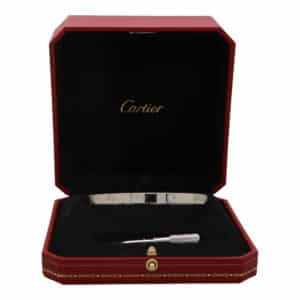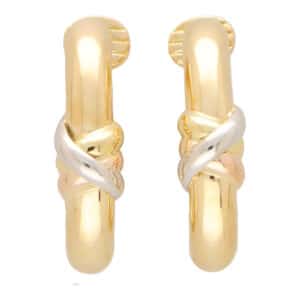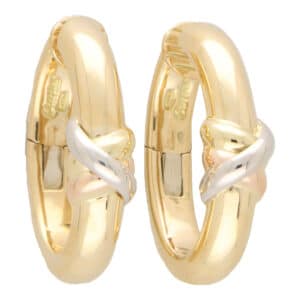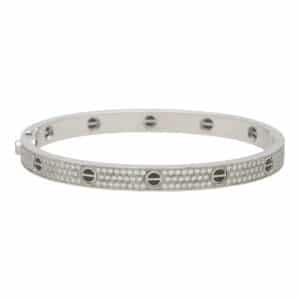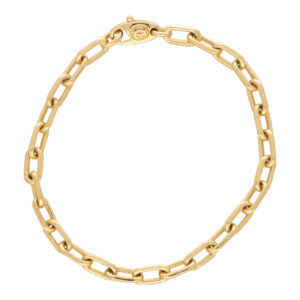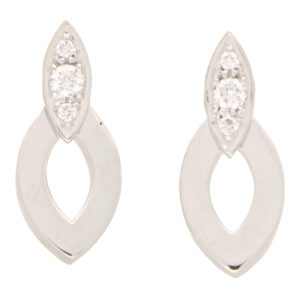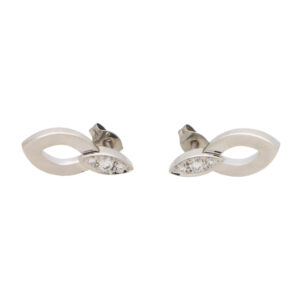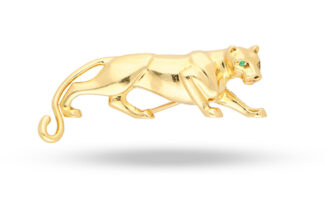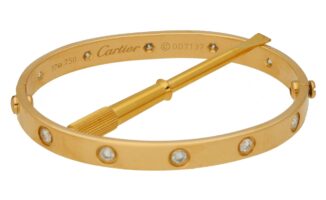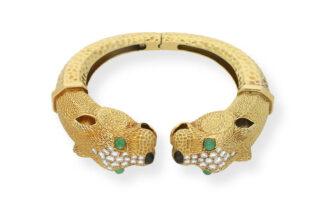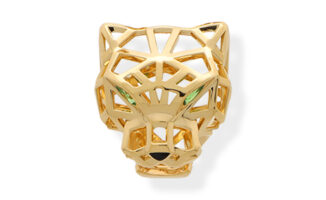Vintage and Antique Cartier
In the one hundred and fifty years since Cartier jewellery began trading, Cartier necklaces, rings and tiaras have ornamented celebrities and members of royalty. Throughout the decades, Cartier has both responded to changes in fashion and set its own trends. The Cartier legend has been woven into story and song, with Hollywood movies and stage musicals filled with witty references to its products.
It all began in Paris in 1847 when jeweller Louis-Francǫis Cartier took over the workshop of his master, Adolphe Picard. It was an opportune time to launch a jewellery business. The following year, Napoleon III succeeded to the French throne and, following years of social turbulence, the country began a new and settled phase.
With peace came prosperity and Louis-François responded to a market for a new type of Cartier jewelry. Until the early 1800s, jewellery collections consisted of stiff, ceremonial pieces that were owned almost exclusively by the nobility and the very wealthy, and used to denote rank and status. However, the rapidly expanding middle classes now had money to spend and Cartier saw an opportunity to provide fashion jewellery to accompany their fine, new clothes. By the turn of the century, the company had passed to Cartier’s three grandsons, Pierre, Louis and Jacques, who transformed the name into an international brand. Fashions had changed and patrons rejected traditional, rather clunkily crafted jewellery in favour of a new and softer aesthetic “art nouveau” that employed the natural forms of flowers and leaves. Furthermore, this aesthetic relied less on precious stones and metals, which were out of reach of the majority of people, and made much use of coloured glass and enamelling.
The Tutti Frutti Necklaces
In 1901, Pierre made the first Tutti Frutti Cartier necklaces and bracelets. The art nouveau-inspired Tutti Frutti range is characterised by bright red, blue and green gemstones set in organic forms of French platinum. Eventually, the range extended to rings and watch straps, hair clips and powder cases. Antique Cartier items from this era are on sale to connoisseurs; in 2015, a Tutti Frutti necklace commanded over $2 million. Before purchasing items, buyers should be aware of the difference between antique Cartier and vintage Cartier. An antique piece will have been fashioned in one of the original Cartier workshops, while vintage Cartier items have been made later on. A Cartier ring, made in the early 1900’s, can command between £20k and £30k, while the price of a Cartier ring made in the last 20 years begins at about £3k. In the early twentieth century, the Cartier empire was rapidly expanding its clientele. In 1907, an American heiress who married into British nobility, commissioned the diamond-studded Manchester tiara. Made of gold and silver, and set with diamonds, it is now owned by the Victoria and Albert Museum.
Cartier panthere
The panthère, or panther, motif, which would later become synonymous with the Cartier brand including the cartier panthere ring, made its first appearance in 1914. That year, panther “skin”, in the form of rose-cut diamonds and onyx, was incorporated into a bracelet wristwatch designed by Charles Jacqeau and, three years later, Louis Carter presented his mistress, Jean Toussaint, with a vanity case bearing the first fully-formed, two dimensional panther. Toussaint, whom Cartier called his “little panthère”, was later appointed Director of Fine Jewellery and created imaginative jewellery designs featuring whimsical birds, strange flowers and other natural subjects. Although nearly, but not quite, a hundred years ago, the Twenties were heydays for Cartier jewellery design.
Cartier trinity ring
During the Art Deco period, in 1924, the Trinity de Cartier ring, designed by multi-talented artist Jean Cocteau, a close friend of Louis Cartier, was introduced. An almost instant classic – and one of the favourite Cartier engagement rings with jewellery collectors – the Trinity features three interlocking rings, in pink, white and yellow gold, symbolising love, friendship and fidelity.
While Pierre was establishing jewellery stores in London, New York and St. Petersburg, Louis launched the Santos, a man’s wristwatch distinguished by its square bezel, onto the market. In 1919, the company launched the Tank watch and in 1926, the Baguette watch. Pierre Cartier died in 1964, and his daughter and nephews sold the business.
The Love Bracelet & Just un Clou
Italian jewellery designer Aldo Cipullo joined Cartier in 1969 after previously working for Tiffany & Co. and David Webb. However, his first creation for his new employer was destined to become one of the best-selling jewellery items of all time and remains as popular today as it ever was. The piece in question is, of course, the Cartier “Love” bracelet part of the iconic love collection, a whimsical, yet ingenious, design, featuring two semicircles of 18-carat gold, which are screwed together on the wrist, with a proprietary silver-gilt screwdriver, so that the bracelet cannot be removed without considerable effort. When this particular Cartier bangle was launched, matching his-and-hers bracelets were given away to 25 celebrity couples, including Elizabeth Taylor and Richard Burton, at the Cartier Mansion on Fifth Avenue, New York City. More recently, notable wearers of the Cartier Love bracelet have included Katie Holmes, Lindsay Lohan and Pippa Middleton. Far from resting on his laurels, Aldo Cipullo wasted no time in creating another iconic Cartier bracelet design, known as “Juste un Clou” or, in English, “Just a Nail”, which became available just two years later. A large, bent nail wrapped around the wrist, Juste un Clou may sound like an audacious, if downright ludicrous, idea for an objet d’art, but Cipullo succeeded in creating a graceful, 18-carat gold bangle which, nevertheless, captured the free spirit of the Seventies.
In 1996, Cartier jewellery items were elevated to the status of art when the Lausanne Hermitage Foundation hosted the Splendours of the Jewellery exhibition to celebrate the company’s 150 years. From its inauspicious beginnings as a jeweller in nineteenth-century Paris, the Cartier product range now extends to fashion accessories and leather goods, exclusive pens and perfumes, and silver and porcelain tableware. Today, Cartier is represented by over two hundred retail outlets, across one hundred and twenty-five countries. The South African Rupert family, descendants of Pierre Cartier, own the company which is famous the world over for its iconic Cartier Panthere, Cartier tank ring and Cartier love ring collections.







